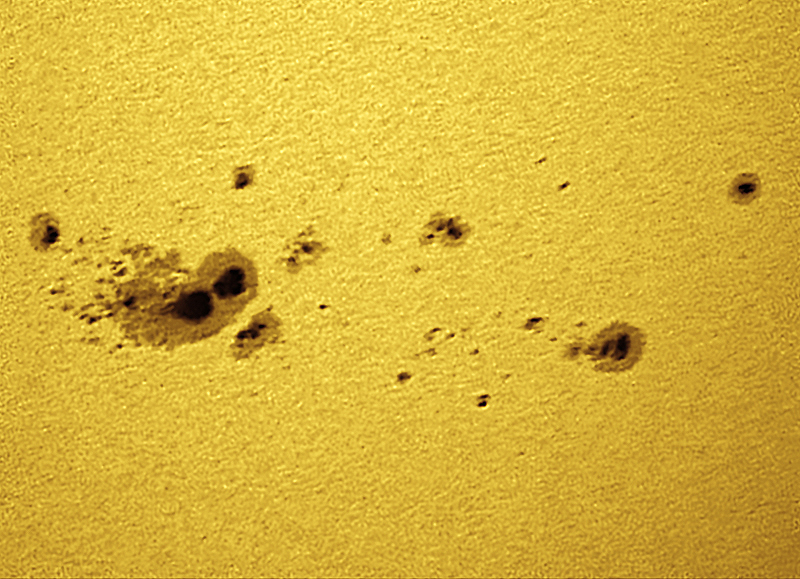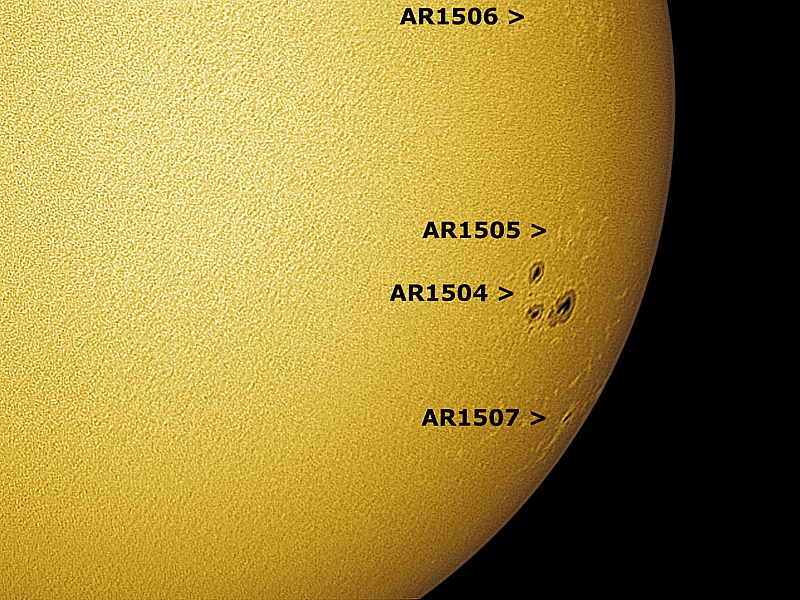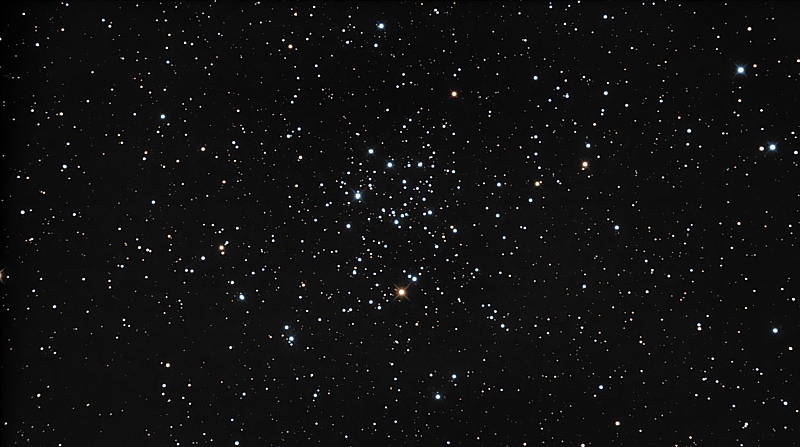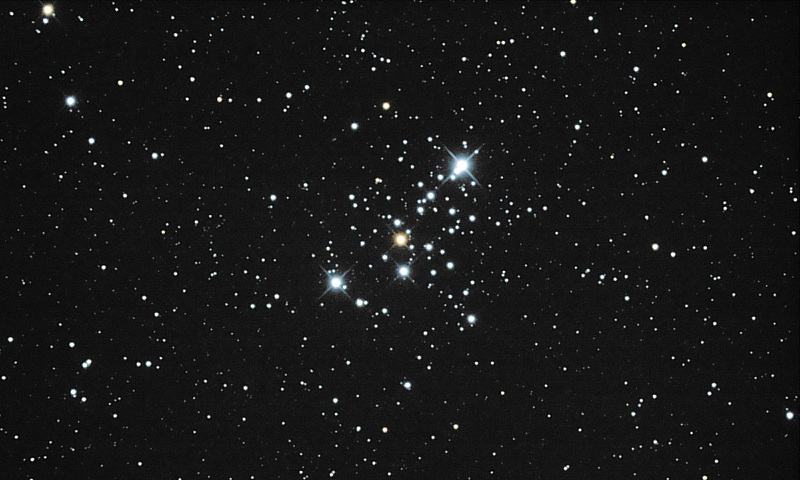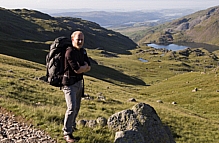Late last night I went up Croft Hill to get ready to observe the 2012 Transit of Venus. I managed to get all the kit up there in one haul and was soon sitting in the pop-up shelter and looking at the thick low clouds that stretched across all of the sky. The forecast of rain was wrong but they got the cloud-cover about right, things weren't looking good. Still, it was a good place to be - almost 360-degrees of visible horizon and I had them all to myself, apart from the rabbits and the foxes which came surprisingly close to the shelter. And it was warm, almost tee-shirt weather. With a couple of hours to go until sunrise I grabbed some shut-eye, hopeful that the cloud would clear before the celestial performance began.
Of course, when the sun broke the horizon at 04:45 I couldn't see it due to the 8/8 cloud cover. I set up the kit anyway and waited for nearly an hour before the cloud started to break. It cleared overhead but the trailing edge of the pall was still making its way slowly towards the north-east where all the action was going on unseen. It was going to be a close-run thing - would the clouds clear the sun before Venus did? The critical time was 05:53 - "Fourth Contact". After that the show would be over.
The clouds refused to part but there was a reasonable thinning in just the right place at 05:49 so I stated to rattle off frames like a madman for the next four minutes, continuing even after the thinning had closed up. Talk about cutting it fine!
And then it was over. I went up to the trig-point for a brew and a smoke, it took me a while to notice that the sky was almost clear and all around was bathed in sunlight. Typical.
I was soon hauling the kit back to the car, cursing the weather. I cursed all the way home and cursed even more when I first looked at the pics on the laptop. It took me ages to realised that I did actually have four really poor frames which showed Venus crossing the Sun's limb.
Those four frames were dim and noisy but I've managed to drag this piss-poor result out of them:
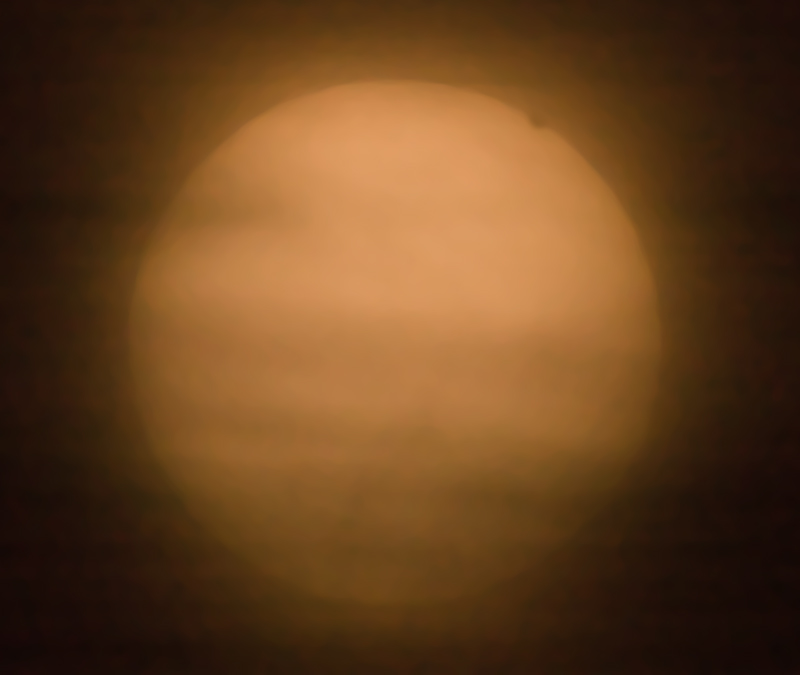
Transit of Venus 06/06/2012 @ 05:49 BST - Venus crossing the upper-right section of limb.
Nikon D50 with 2x Powermate on the C80ED-R.
Baader Planetarium AstroSolar™ Safety Film (neutral density 5.0).
Hand-held shot, 1/100s exposure @ ISO200.
And plenty of clouds.
This has to be the worst solar image I'll ever post but I suppose it's better than nothing.
Although Croft Hill SSSI has well-trodden footpaths and access is encouraged, the land is privately-owned and permission to be there "out-of-hours" or for "irregular purposes" should be sought. My thanks go to Phil Jackson (Biodiversity and Restoration Advisor (North), Aggregate Industries) for granting me permission to access Croft Hill for this observing session.
